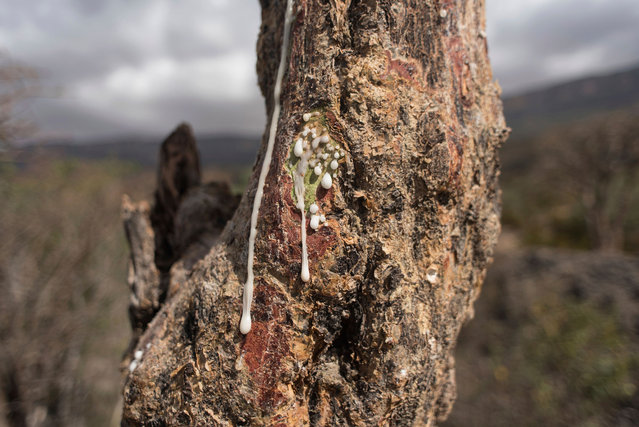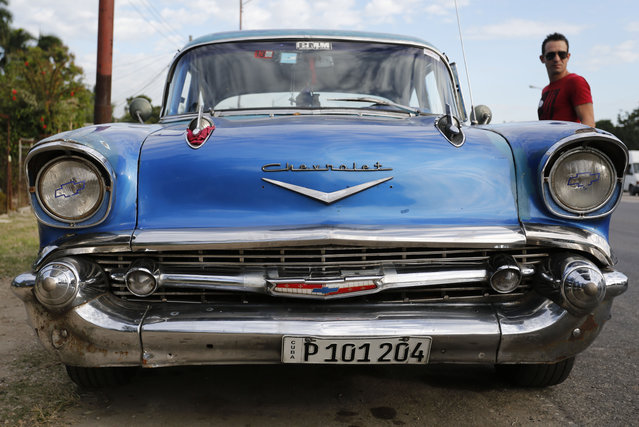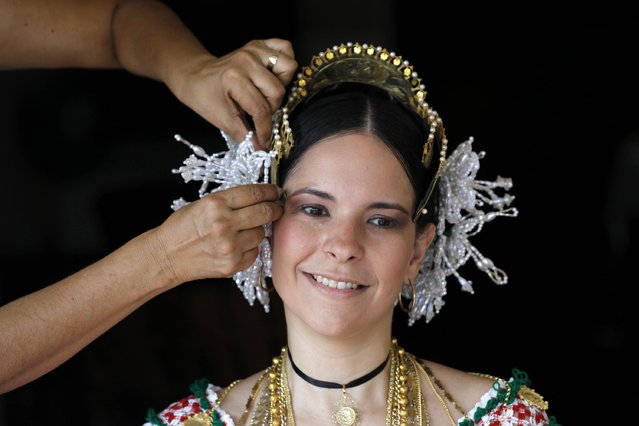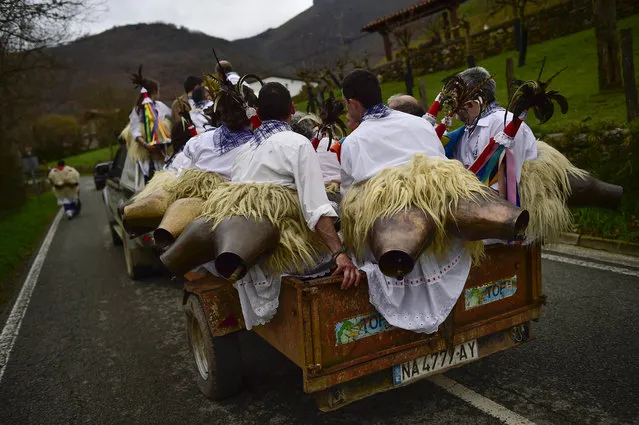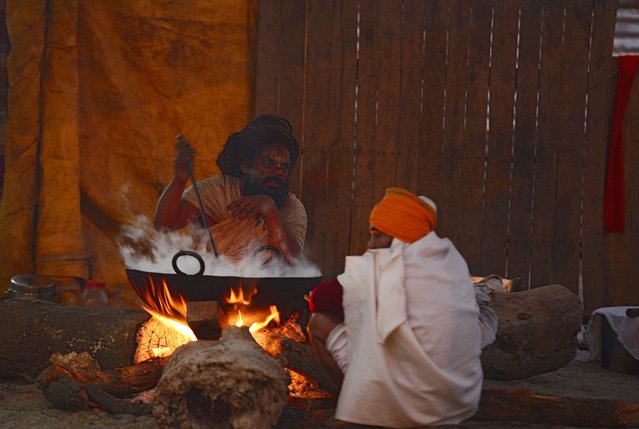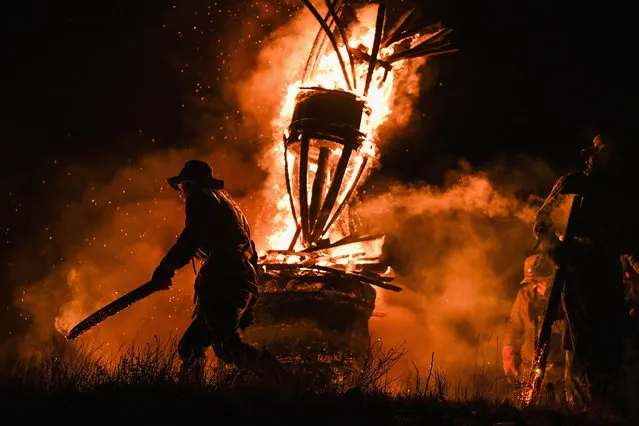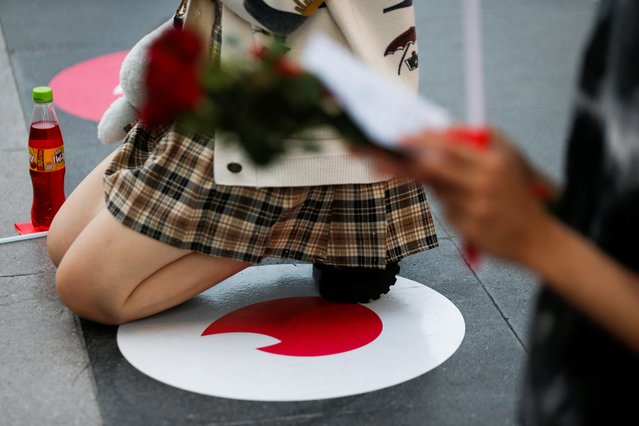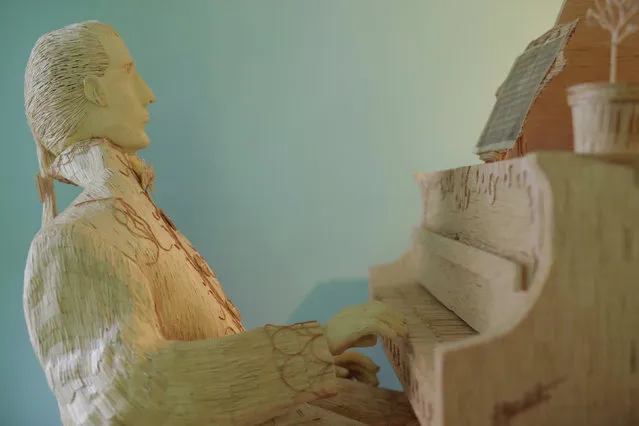
A life-size sculpture of a pianist, made of approximately 210,000 matches and weighs around 100 kilograms, is seen in Tomislav Horvat's studio in Podturen, Croatia, October 27, 2016. For the last ten years, Horvat has built sculptures made from matches. This is his biggest sculpture to date that took him some 30 months to build. (Photo by Antonio Bronic/Reuters)
28 Oct 2016 10:32:00,post received
0 comments

